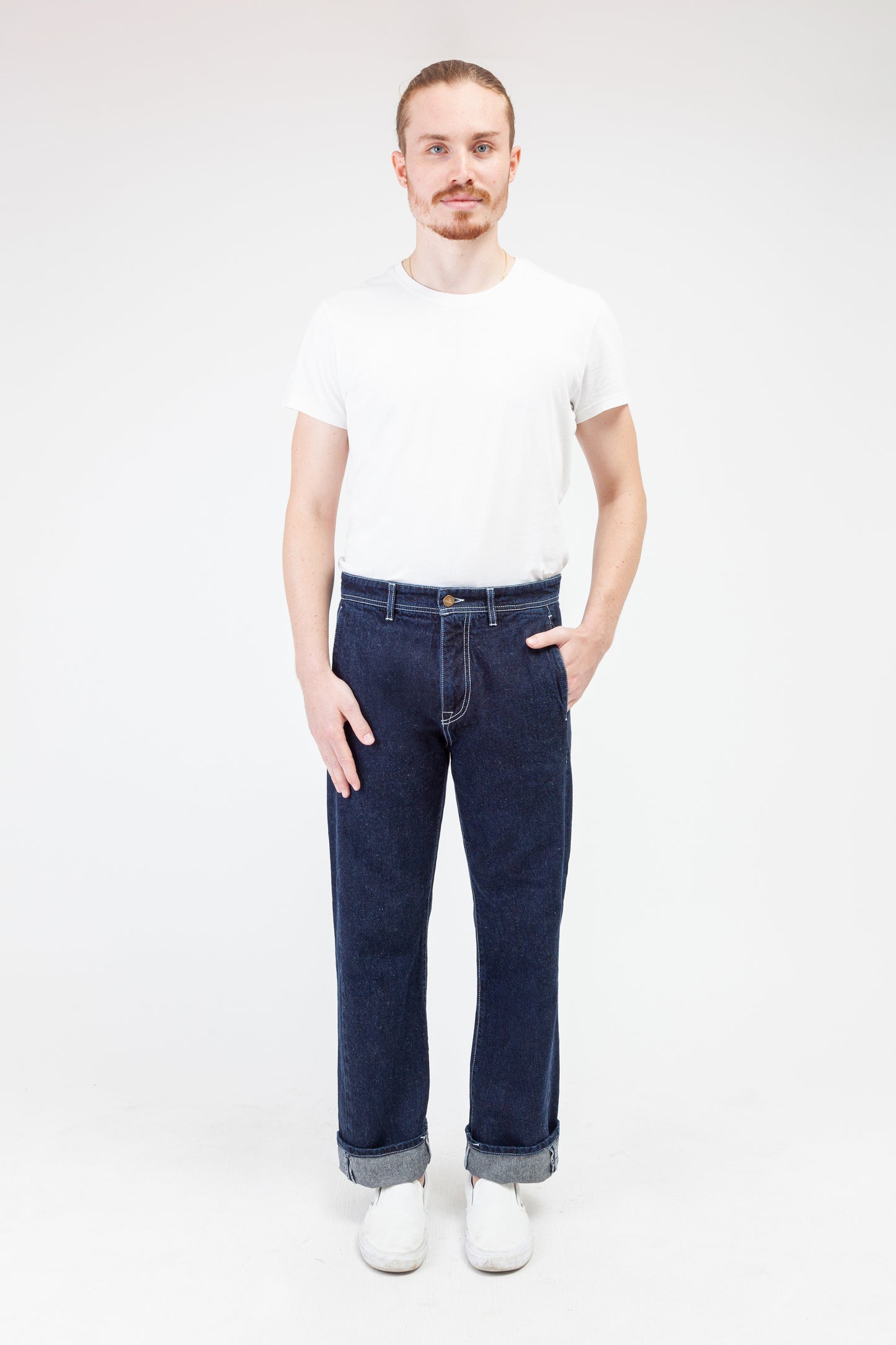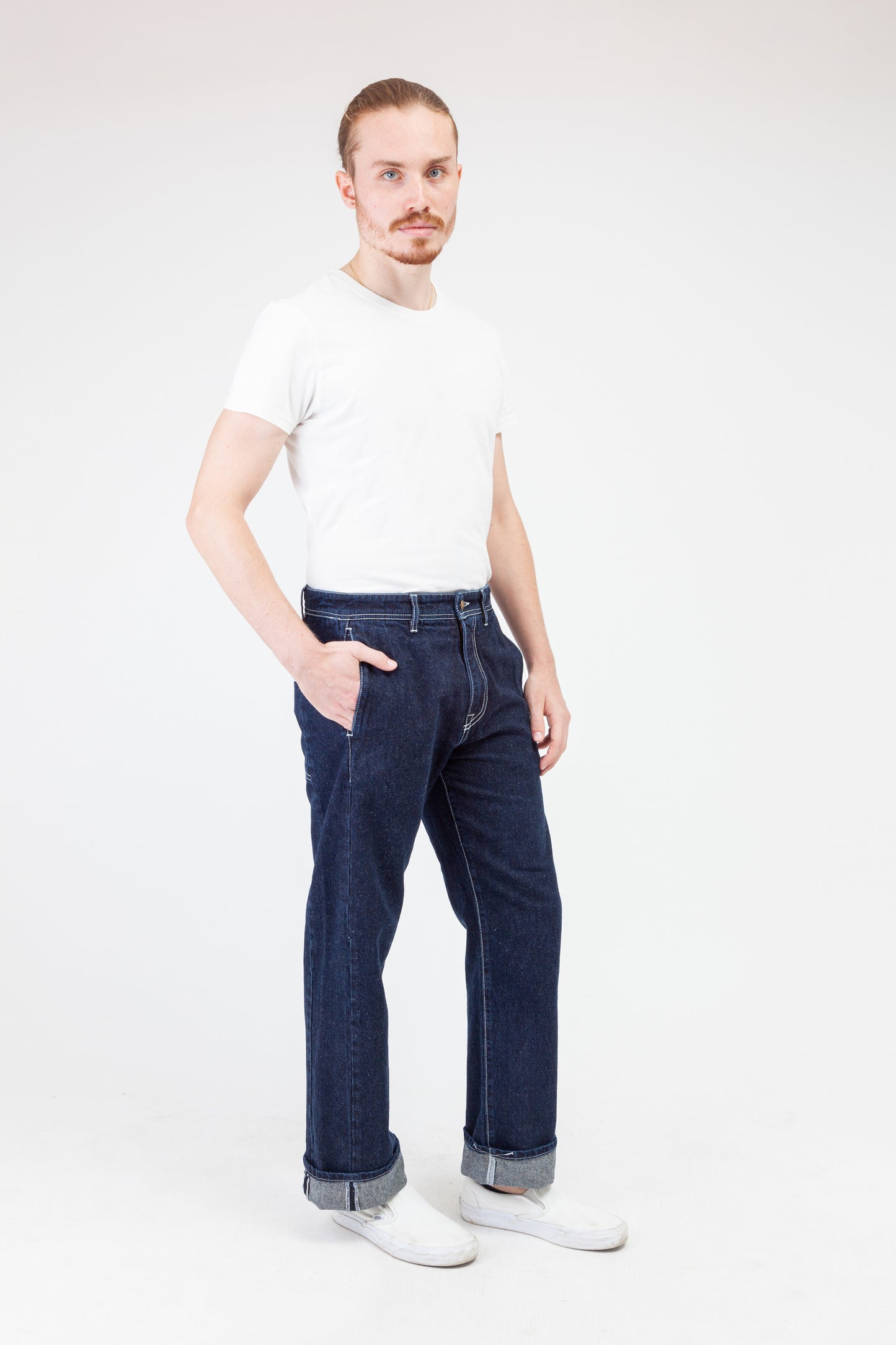The two columns of Piazzetta San Marco, with the statues of San Teodoro and the lion of San Marco, were originally intended to be three, but the third column was lost along with the ship during the landing. Once the two columns were unloaded, they remained horizontally for over a century, as there was no way to raise them vertically.
Thanks to the ingenuity of Nicoló Stratonio, a builder from Bergamo, the two columns could finally find the right position. Nicoló was already known as the inventor of counterweighted hoists, which were used to raise the bell tower of San Marco, and as the builder of the Ponte della Moneta (the first version of the Rialto Bridge; the name comes from the old Mint palace where the Republic's coins were minted, at the eastern end of the bridge).
The method used was called "water to the ropes," and it exploited the peculiarities of hemp ropes, which, when wet, increase in diameter and decrease in length. By fixing the bases of the columns in a securing hole, the other end of the ropes was tied along the column and fastened to the ground at a distant point. Wetting the ropes caused them to shrink, lifting the columns just enough to insert a thickness underneath.
It is said that the Government of the Serenissima decided to reward Nicoló by granting him the only license for gambling. He could manage a gambling den for the game of dice, which had been strictly prohibited throughout the city until then. However, this concession came with a clause: from that moment on, Nicoló Stratonio became Nicoló Barattiere, meaning one who practices deception or runs a gambling establishment.
The place where these games could be conducted was between the two columns of Piazza San Marco since, in that location, the gallows for death sentences were often erected and avoided by the citizens. Therefore, the flow of customers was significantly reduced. The Barattiere family has three dice present on the family crest, a reminder of the origin of the name.





